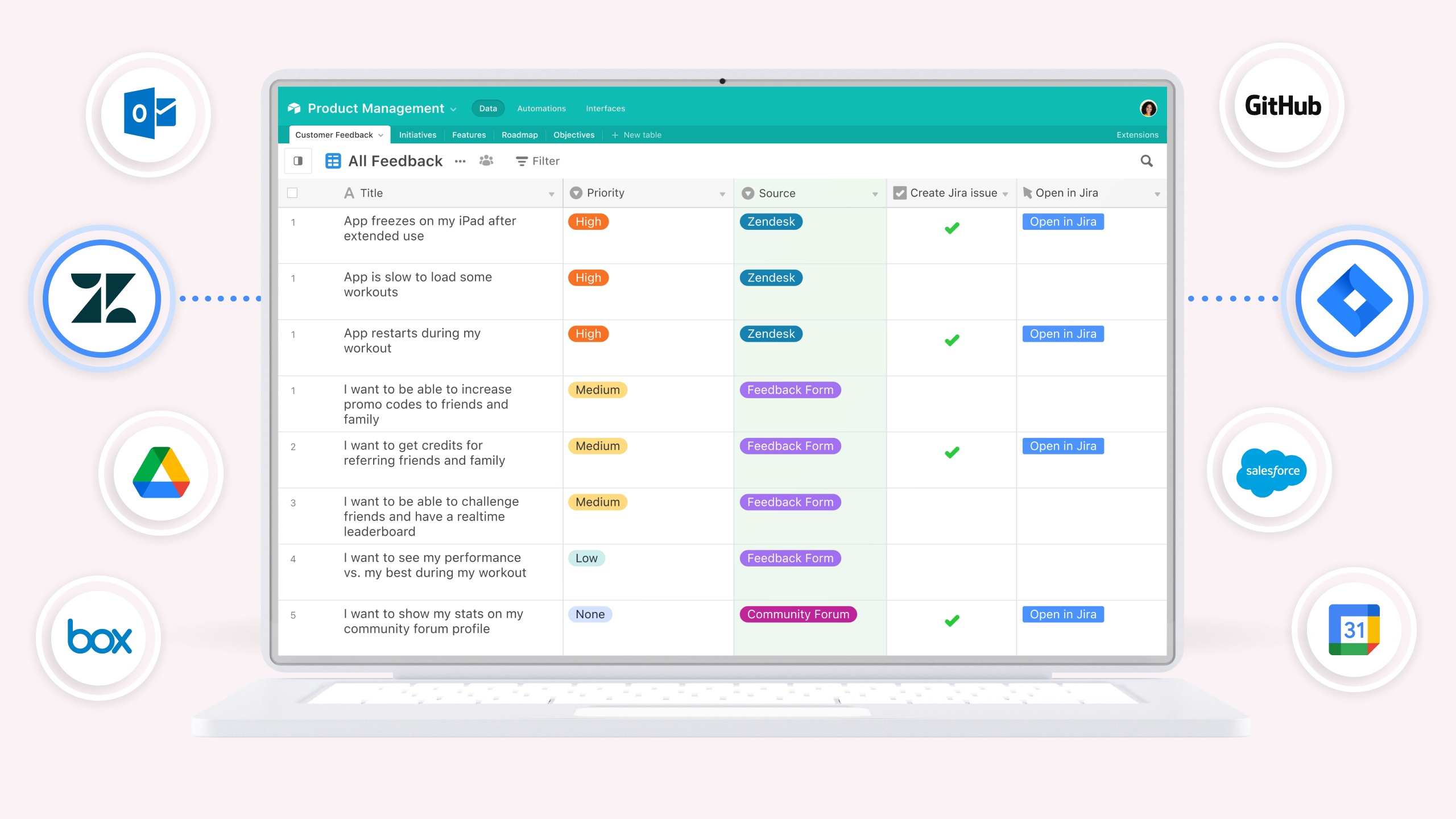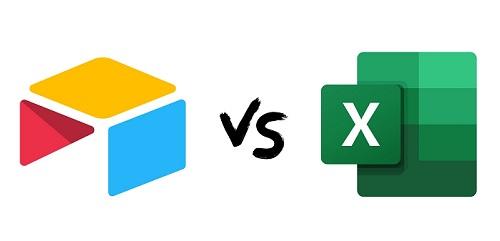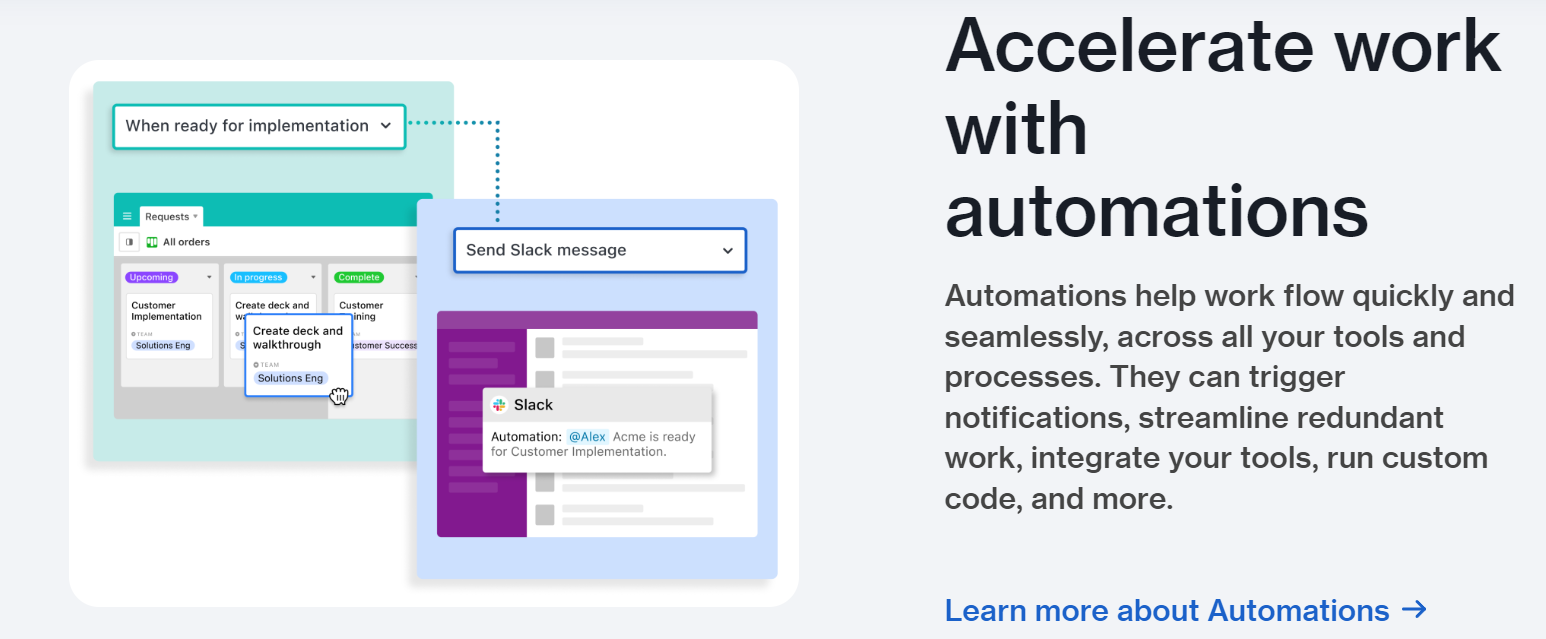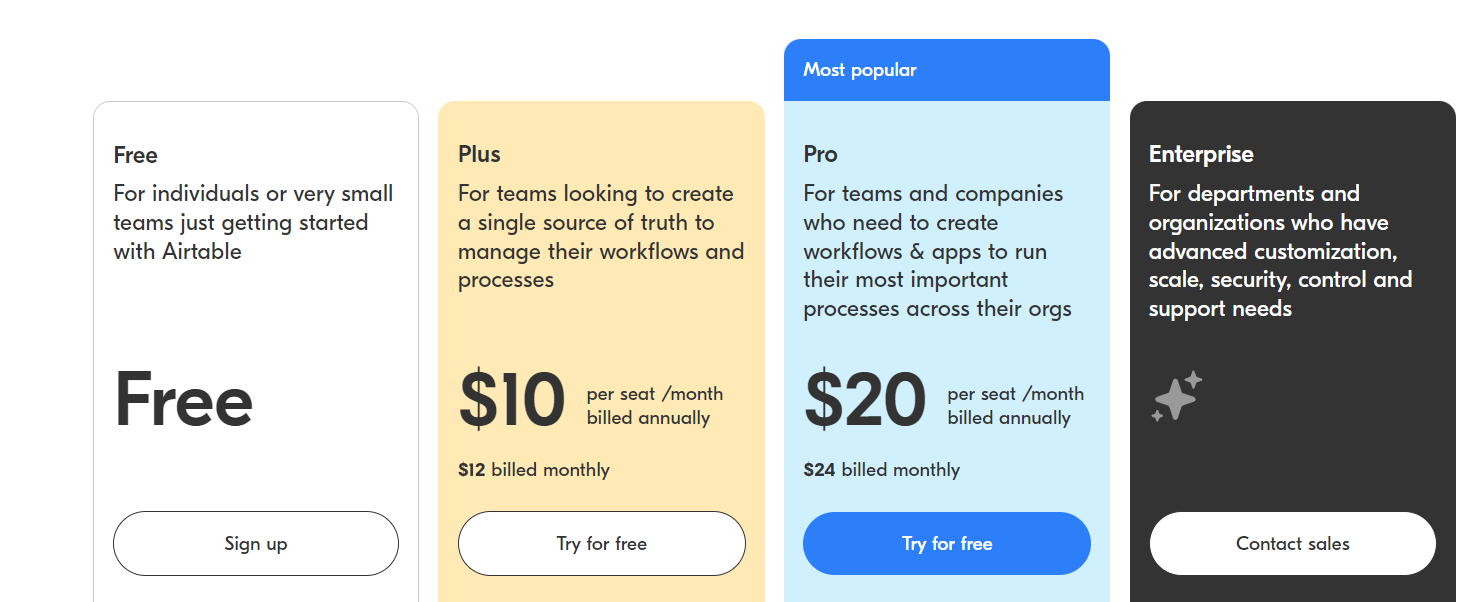Airtable
A detailed look at Airtable's uses and features

Creating a database becomes necessary when you are looking to create simple and customized applications with powerful features. People tend to use spreadsheets when looking to create a database. They prefer working with a spreadsheet rather than a database because it requires SQL scripting skills from the users.
Additionally, their naturally complex features make it easier for users to opt for a spreadsheet rather than an actual database. This is precisely where the Airtable platform comes in.
What's unique about Airtable is that it's a very user-friendly online platform that can be used to create relational databases and share them with others.
A relational database is a group of data that has been strategically organized to make it easy to modify, add, delete, and, most importantly, access data. One of the most common and user-friendly databases is a relational database, which stores data in ordered tables.
Additionally, Airtable has a simple and colorful user interface that allows users to create databases in minutes.
Airtable allows users to organize and store information and collaborate with others on topics such as store inventories, employee directories, or anything else. Additionally, Airtable doesn't require users to know SQL scripts.
What is Airtable?

Airtable is an easy-to-use spreadsheet database that allows you to store your data efficiently. You could even call it a spreadsheet/database hybrid. It functions as a platform, allowing users to easily create powerful, custom applications.
The good thing is that the tools and features that come with Airtable can be used to streamline all kinds of projects, processes, and workflows without requiring users to learn anything about coding. This feature, which allows users to create apps without any coding, is what makes Airtable so popular.
Whether you're looking to create high-quality video production or track job interview details, many businesses today love working with Airtable when looking to manage their various business processes in an organized way on a daily basis.
Using Airtable, users can easily create databases that can store various types of information related to the work they manage. This data can then be used to power processes, visualizations, and integrations, resulting in a customized application with many useful features.
For many people, the very idea of creating an app seems incredibly complex. However, the great thing about Airtable is that it really makes it much easier for users to create useful apps, even without any coding knowledge.
Here are the main benefits of using Airtable:
- One of the best things about Airtable is that it allows users to meticulously manage their project work at every stage of the process. Airtable makes it easy to track all information related to project objectives and goals. With Airtable, it's possible to connect to other tools and automate necessary tactical actions, such as sending email updates and posting tweets.
- Data visualization is easy when you start working with Airtable, and your information is readily available there. For example, you can create a quick and simple graph to analyze the performance of your marketing campaigns. You can also use a Gantt chart to determine how your project milestones will be achieved.
- Working with Airtable also gives you the opportunity to provide stakeholders with the context they need. Since Airtable allows you to combine information from multiple sources, you can ask your team members to work with the information derived from the updated version. You can create custom entry points by filtering, sorting, and reorganizing your data and sharing it with partners, teammates, and stakeholders. This can provide them with all the information they need in a way that's perfect and precise for them.
Usually, when you are trying to develop an application, you will need the help and support of professional software engineers who will work hard for a long time to create the application you want.
On the other hand, when you use Airtable, it can give you access to powerful and flexible databases so that your app development project can be delivered quickly. These databases were created from scratch, which is why they can handle specific and complex workflows accurately and efficiently.
This is why people all over the world love working with Airtable, because it gives them complete control over the outcome of their application.
What is a database?

A database is used in many businesses as well as government offices for the wide range of useful features they can provide.
A database can help store information about specific items and concepts related to customers, end users, products, services, and projects. When you work with a database, you can carefully store, capture, and organize details about these items.
The process works just like storing data in a spreadsheet or similar tool. What's unique about Airtable is that it lets you manipulate how you view that data and access the information you store there.
One of the great things about using Airtable is that it allows you to create a single base or platform to store all your information in an organized way.
Airtable records can also be updated and updated in real time. However, many processes tend to break down and become problematic when the same information is stored and needs to be updated in multiple locations. Such practices lead to misaligned information and create frustration and unrest among team members. It can also prevent team members from completing their work diligently and accurately.
Airtable allows you to store all data and information in a centralized platform and access information from other systems and tools, such as project tracking software and CRMs. Airtable also makes it easy to share relevant information with those who need it in real time so they can benefit from it.
For example, if your team is tracking the progress of a project, you can ask other relevant departments to view all the information they need using the Airtable platform.
This way, cross-functional teams like customer support and marketing can access the campaigns and content they need. Even if you don't notify team members via email or other means, they'll still have the information they need to make critical decisions. This will only boost their overall operational efficiency.
What is Airtable used for?

Airtable allows users to develop a database capable of storing the information users need for the work they plan to do.
They can then use the database to power processes, visualizations, and integrations, which can be used to create a custom application that can help perform specific functions. Here are some applications of the software:
- You can track your assets.
- Track and manage your marketing campaigns.
- Create an interactive content calendar.
- You can also manage and track your digital assets.
- Create and track the project pipeline.
- Project management.
- Event planner, and much more.
What is the difference between Airtable and Excel?

Excel and other similar programs function essentially like traditional spreadsheets. On the other hand, Airtable can function as both a spreadsheet and a database. When using Airtable as a spreadsheet, users can structure their information in grid mode with standard rows, columns, and cell formats.
To use Airtable as a database, users can link records together to create powerful data links. These data links can provide additional capabilities for data entry, formula-based calculations, and other tasks.
With Airtable, users can also view their data in a variety of ways, such as using a Kanban board, a form builder, a calendar, and a gallery.
Why is Airtable so popular?
Airtable has many benefits that make it incredibly popular. So let's take a look at some of them.
Complete software
Airtable works like a spreadsheet. It allows users to attach files and take advantage of checkboxes and drop-down options. It also offers a wide range of other features that users can't get with Excel.
Ease of use
Because Airtable is so user-friendly, you can easily work on a wide range of projects while applying them. For example, you can easily hide or show fields and features, and remove them from a section. Additionally, Airtable allows users to quickly work with filters and use blocks to make bulk edits.
Excellent viewing and customization options
Depending on the nature of the work they need to do, each user has their own preferences when it comes to viewing options. That's why Airtable offers users the option to choose between the form and grid appearance. Therefore, you can easily customize your project as a standard spreadsheet and turn it into something that looks more like a database.
Excellent models
Airtable comes with several useful templates that can simplify your tasks. The wide range of layouts and templates you get with Airtable can help you get your work done easily and in less time.
Additionally, built-in templates can give you a lot of flexibility when trying to improve your project results. Even if you don't want to use the built-in templates, you can still create your own templates from scratch.
Easily track the progress of your projects
While it's true that Airtable often functions like a spreadsheet, the platform essentially functions as a fully integrated project management tool.
One of the things Airtable can do is allow users to track the progress of the projects they are working on. So, whether it's the sales department, managing various tasks becomes easy with Airtable.
You can also link and sync Airtable with Google Sheets. However, each spreadsheet in your Google Workbook will be transformed into a unique table once you import a Google Sheet.
Automate different types of repetitive tasks

One of the biggest challenges businesses face when dealing with various operations is the need to automate repetitive tasks . While repetitive tasks are essential for any business, they can also slow down the team.
This problem is also exacerbated by the fact that communication between different departments within the company can be time-consuming. There may also be numerous protocols in place that can hamper the speed of work being completed. Indeed, many tasks require approval from the authorities responsible for overseeing the process.
In some cases, marketing initiatives can be hampered due to the fact that a decision-making process is underway. These issues can be corrected through the use of Airtable.
Airtable has built-in automation, making it easier for your team to focus on managing end goals and achieving them quickly. With effective automation, you can set rules that can automatically trigger specific actions.
These actions can facilitate the automation of repetitive tasks and improve operational efficiency for the entire team. By creating a detailed product roadmap, you can develop an automation plan so that team members in other departments can stay informed of the latest project updates.
This can help them adjust and modify their work plans accordingly. This way, you can improve the speed and efficiency of your team and ensure everyone is up to date on the project and its latest developments.
Is Airtable free?

Airtable comes with free and premium plans. You can also opt for plans that offer discounts to eligible students, nonprofit institutions, and teachers.
Depending on your project needs, you can add multiple databases and collaborators as per your preferences. The only thing you need to make sure is that each database must be less than the record limits per database, as indicated on the pricing page.
There are mainly four different types of plans available with Airtable.
- Free plan
- The Plus Plan
- The Pro plan
- The Enterprise Plan
The free plan can offer 2 GB per base connection space with a recording limit of 1,200 records/base. The Plus plan offers 5 GB per base connection space with a recording limit of 5,000 records/base. Additionally, the Airtable Plus plan is available for $12 per user/month for the monthly billing plan, or $144 per year, and $10 per user/month for the annual billing plan, or $120 per year.
The Airtable Pro plan is priced at $24/user/month for a monthly billing plan. With an annual billing plan, the price is $20/user/month.
Features like Airtable Sync's expanded access to apps, automation, and record limits make the Airtable Pro plan more appealing. It also offers 20GB of storage per database and a limit of 50,000 records per database.
The Airtable Enterprise plan is designed for large businesses and companies looking to maximize the user experience and value they get from Airtable. Pricing information is available upon request. It can start at around $10,000 per month. What can you expect?
- On-premises Salesforce and Jira sync connections
- Unlimited workspaces per organization and unlimited apps
- 1,000 GB of attachments per database and 100,000 records per database
- 3-year review and snapshot history, and much more
Conclusion
Airtable's various features can make it much easier to automate your tasks and maintain ease of use when working with large amounts of data. You can also streamline resource usage when trying to create an app or import data from other programs. Such facilities make Airtable one of the best programs of its kind. With Airtable, you can get the most out of both a database and a spreadsheet.



